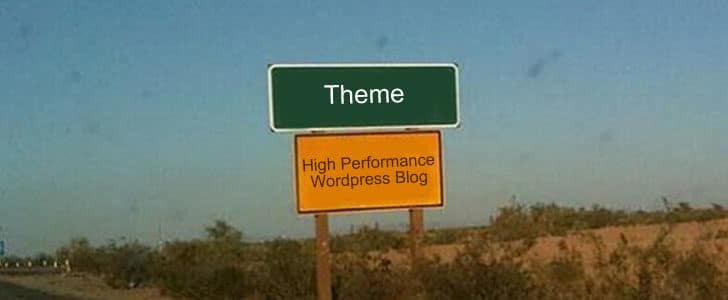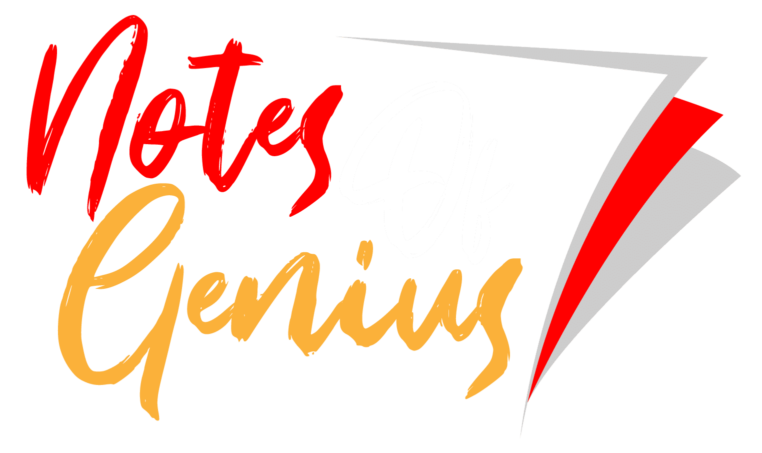Last time we spent some good time configuring your working environment. It’s essential to walk down the road to high performance wordpress blog. Today our focus is the theme. I’m pretty sure once you install wordpress, first thing you would do is selecting a theme.
Here I’m trying to guide you to select not only a good looking theme, but a theme with good performance. This is a very important aspect in the context of SEO as well as user experience.
Roadmap

Select and Install a WordPress Theme
Once you install wordpress you will notice that it’s having a default theme. Most of the people would like to change it to something unique. There are two ways for you to install a new theme.
- Go to wordpress dashboard -> Appearance -> themes -> install themes -> Search and install
- Do a Google search for wordpress themes, download one and transfer it to wp-content/themes in your hosting server. For this you could use hosting control panel or FTP client such as FileZilla.
Either way you will be able to see a preview of the theme to get an idea how it looks like. But it’s not enough. You have to pay close attention to below technical aspects.
- Clean and valid HTML code
- Appropriate usage of JavaScript and CSS
- Appropriate and minimum usage of images and videos
In order to verify those you could take a look into source code of theme files. Especially you must take a closer look at below files.
- Index.php
- Single.php
- Page.php
- Header.php
- Footer.php
- Archive.php
You may not be able to find all of the above in some themes, but index.php and single.php will be there.
HTML and PHP code in every page must be properly organized, using minimum lines of codes. You can validate HTML code using W3C HTML Validator tool. It should not be using inline CSS or JS or at least minimizes them. It should have one external JS file and all the JS code in it. It should be linked in footer. Same with CSS, should have one external CSS file linked in header.
With the development of CSS you can avoid usage of images for drop shadows and round corners. Make sure your theme is not using images for those. Try to pick a theme with minimum number of images and check their file size as well. It should be small as possible. If the images in the theme are not compressed you can use Smushit tool to compress them.
Check List
- Good looking theme
- Easy to navigate site structure
- Clean and valid HTML code
- No or minimum inline JS/CSS
- One external JS linked in footer
- One External CSS linked in header
- Minimum and appropriate usage of images
- Images are properly compressed for web
You will notice that most of the free wordpress themes are not meeting above standards. Yet, if you are good with web development, you can optimize them on your own. If not, you have to go for a paid theme. Finally select the theme, do necessary optimization and install it.
Now you have a working wordpress blog with good looking as well as performance optimized theme. Next step is further optimization of images and videos in theme files as well as in your posts.
Contact me @MalindaOnline to claim your Free Website Performance Review. I’m giving you a detailed report with identified performance bottlenecks and optimum cost effective solution.
Subscribe to my FeedBurner to get latest articles right in to your inbox, follow us @NotesOfGenius to get latest updates in NOG. Stay tuned!
Tags: #Blog #Performance #SEO
